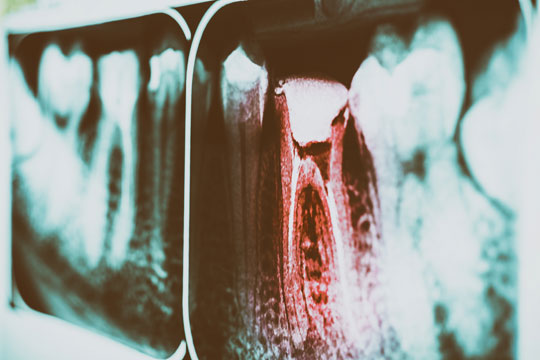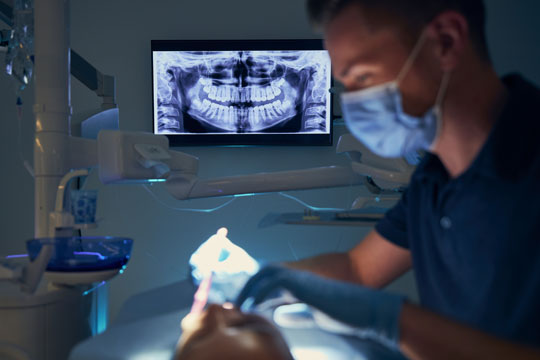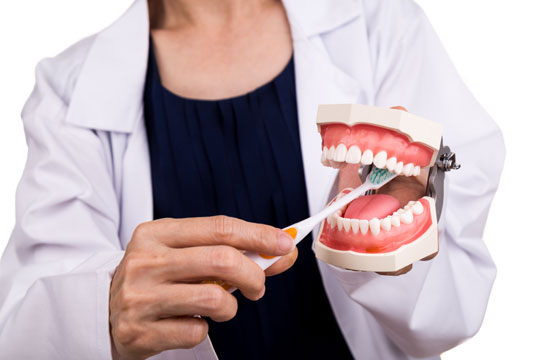What is Receding Gum? What should I do if I am suffering from this?
Receding gum, also known as gum recession, occurs when the gum line of the gum tissue surrounding the teeth pulls pack or wears away, exposing more of the tooth and the tooth’s root. When the gums recede, it allows for formation of gaps between the gums and tooth which allows for bacterias which can cause diseases to build up in the gaps.

If left untreated, damage can be caused to the bone structure of the teeth and the tissue surrounding it. This can lead to tooth loss and even worse, escalate to other more serious gum diseases.
Receding gums are a common dental condition and most people don’t realize they have receding gums since it occurs gradually.
Symptoms of Receding Gum
There are many symptoms of receding gum such as:
- Longer teeth - receding gums can lead to visible lengthening of the teeth as when gums recede because of periodontal disease, the teeth have the appearance of being much longer than normal due to the gum line pulling back.
- Exposed Roots - exposed roots can lead to teeth and gum becoming extremely sensitive and uncomfortable. They are often a sign of periodontal disease or can be caused by brushing overly aggressively with a toothbrush with hard bristles.
- Loose teeth - receding gums can cause loose teeth because of bacteria and gum disease under the gums around the teeth. As receding gums worsens, the gum pockets widen and deepen due to the attachment structure loosening.

Factors leading to Receding Gum
There are multiple factors that can cause receding gums such as:
- Gum diseases - Also known as Periodontal diseases, these are gum infections caused by bacteria that damage gum tissue and bone structure that holds your teeth in place. gum disease is one of the main factors of receding gum. Early stages of gum disease are often hard to detect and are not often painful and therefore symptoms are hard to detect. If left untreated, these symptoms can develop into periodontitis.
- Poor dental care - Inadequate and inconsistent brushing, flossing, and rinsing with antibacterial mouthwash, can lead to the development of plaque which can turn into tartar, a hard substance that forms on and between your teeth and can only be removed by a professional tooth cleaning. Proper dental care like brushing twice a day, flossing regularly and using mouthwash accompanied by regular visits to a dentist would reduce the risk of receding gums.
- Smoking - Frequent usage of tobacco products put the users at a higher risk of developing the sticky plaque which can cause gum recession.
- Grinding and clenching your teeth - Clenching or grinding your teeth can exert too much force on the teeth, causing gums to recede.
- Crooked teeth and misaligned bites - When teeth don’t bite evenly, too much force can be exerted on the gums and surrounding bone which can cause gums to recede
Treatment for receding gums
The early stages of receding gum can be treated by a professional deep cleaning in the affected area by a dental expert. During the deep cleaning, the plaque and tartar is removed and the exposed root area is smoothed over, making it more unlikely for bacteria to attach itself in the future.
Also, it is recommended to learn the proper techniques of brushing your teeth. Daily proper care is the best way to prevent gum diseases.

Antibiotics can also be used to kill any remaining bacteria. In the worst case, if a deep cleaning is not sufficient to treat the condition, because of excess loss of bone and deep pockets, receding gums surgery may be required.
Do make an appointment with your periodontist and seek a professional consultation.


